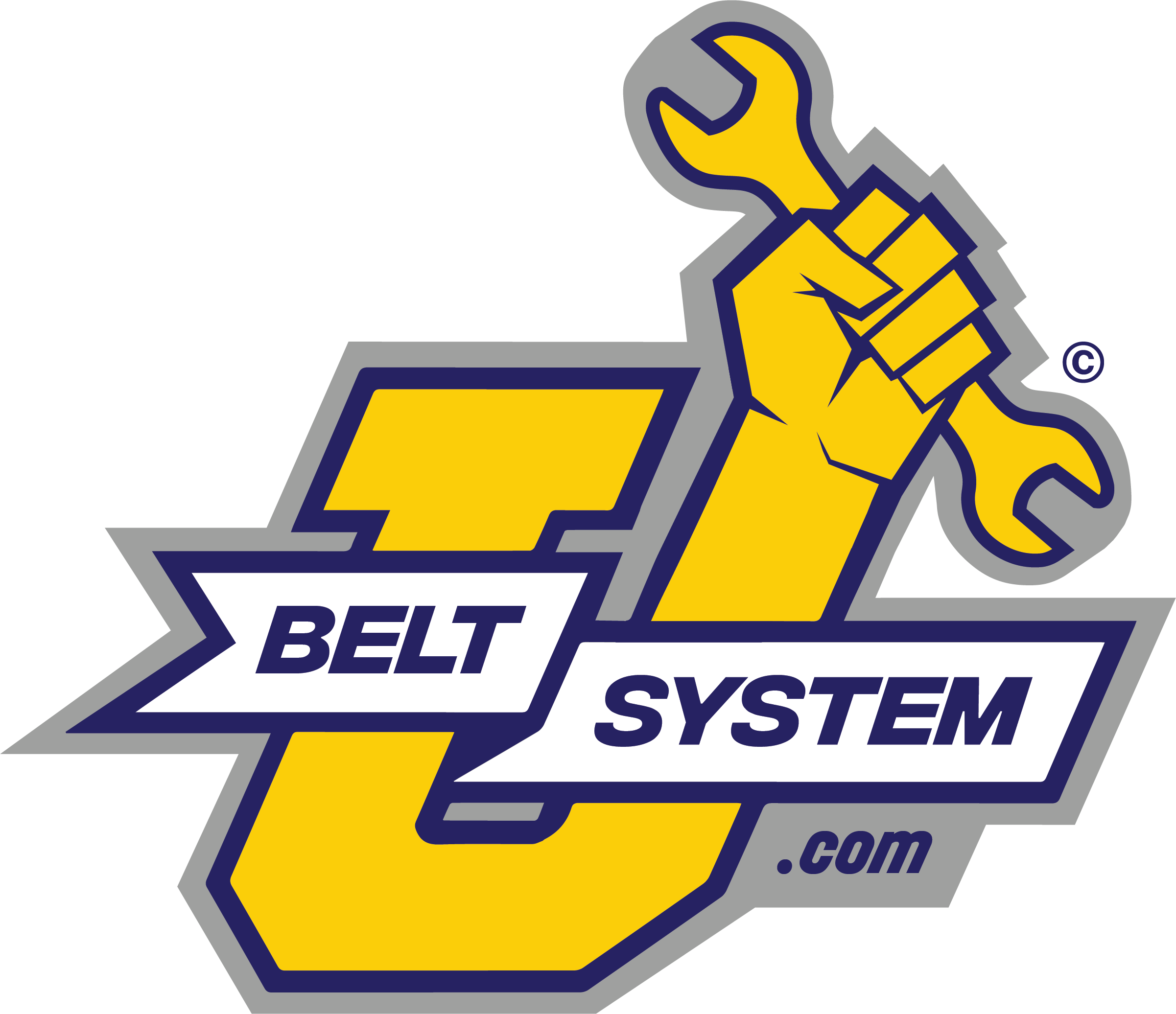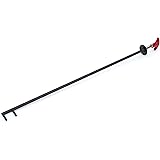Is your serpentine belt looking a little worn and not quite sitting properly on the pulleys? It may be that your belt tensioner is no longer providing the adjustment needed to keep it on track. There are three main types of belt tensioners found in the replacement auto parts market. Each one works a little differently, but all ensure that your alternator and auxiliary pumps receive the power needed to keep your car or truck moving.
How Does a Belt Tensioner Work?
Your serpentine belt transfers power produced by your engine to a wide variety of power take-off features like your alternator, power steering pump, and water pump. The belt runs over a variety of pulleys. As the engine speeds up and slows down, the belt can stretch or lose some tension, which can cause it to jump off a pulley. The belt tensioner applies the proper pressure needed to keep the belt aligned and running smoothly.
Common Automatic Spring-Loaded Tensioner Assemblies
The most common type of belt tensioner found on many cars and SUVs is the spring-loaded belt tensioner. A spring is encased in the tensioner assembly with a swing arm that moves to keep the belt on track. The tension is set when you install the tensioner according to the manufacturer’s specifications. The spring can wear out over time, resulting in too much play in the tensioner arm. The entire assembly should be replaced at the same time.
Hydraulic Tensioner Assemblies for Muscle and Larger Engines
If you drive a V6 or V8, there is a good chance that there is a hydraulic tensioner under the hood. Instead of a swing arm operated by a coil spring, a hydraulic piston is used to adjust the tensioner pulley as power demands change within the engine. These are a popular choice for larger engines as they can provide greater support for a wider range of movement. When the hydraulic tensioner fails, you can often replace just the piston depending on the OEM specs.
Old School Manual Belt Tensioners
Manual belt tensions are commonly found in engines that use a simple timing belt, not a serpentine belt. A bolt adjusts the tensioner pulley’s position during installation. It does not move while the engine is running. The timing belt may stretch over its lifetime, requiring an adjustment of the manual belt tensioner during routine maintenance checks.
Some sports car mechanics will upgrade their hydraulic tensioner to a manual for the purpose of maintaining power through a run down the quarter-mile. However, for day-to-day driving, you receive no real benefit by switching the type of tensioner that is installed under your hood. Always check the installation guide for your particular tensioner to ensure that you set its position according to your car’s requirements.





